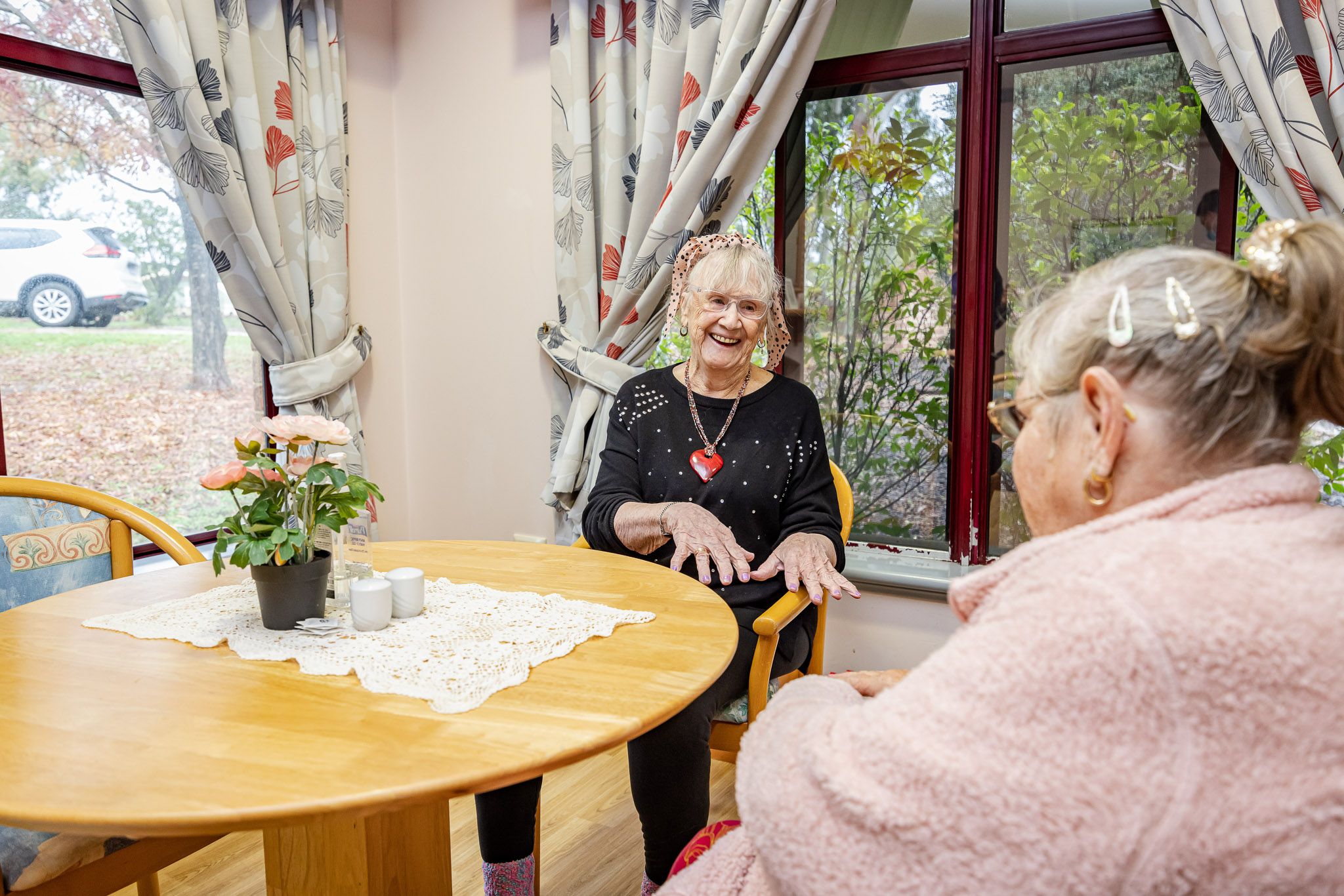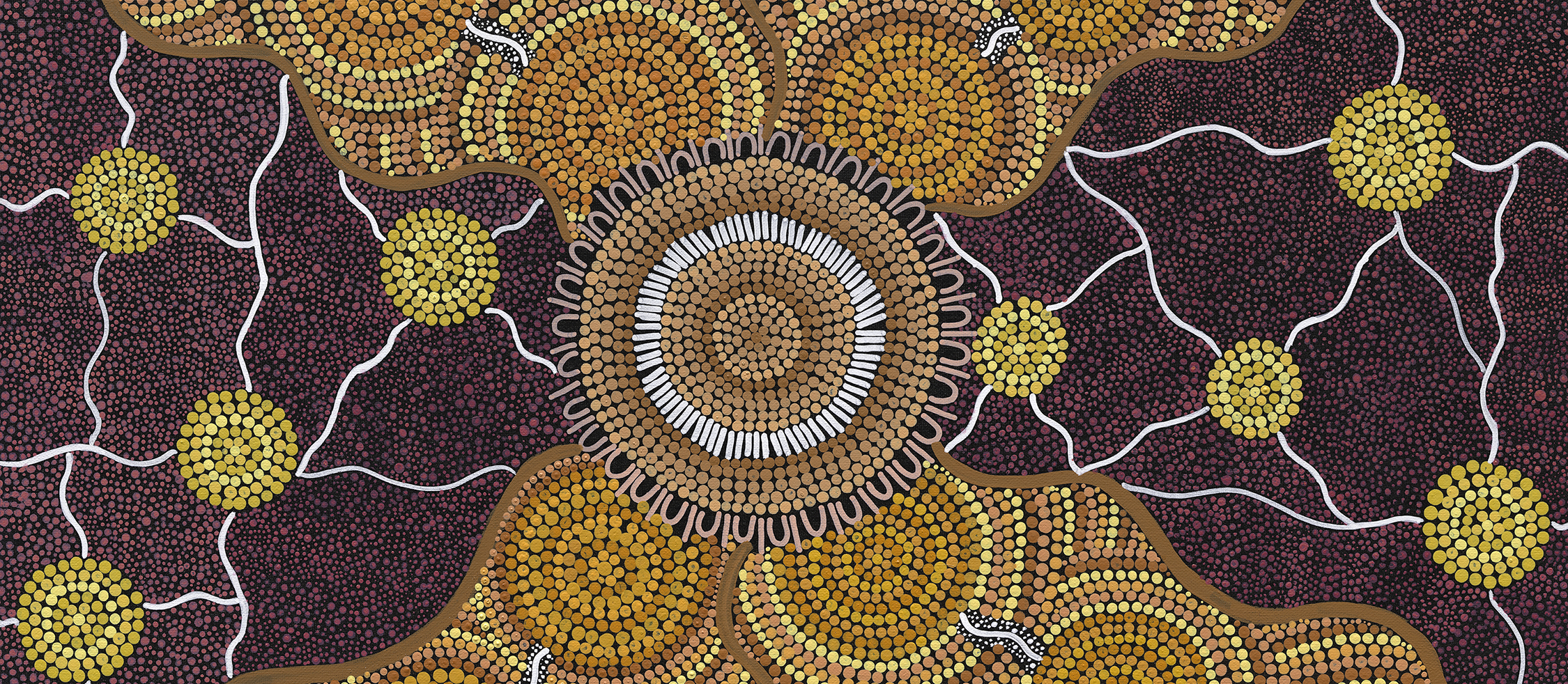Understanding the costs associated with Residential Aged Care can be a whole new world. We have put together key terminology, what costs you may have to pay and what funding the Australian Government can provide below to help you or your loved one along your aged care journey.
Income and Asset Assessment
The first step in working out the cost of Residential Aged Care is to get an Income and Asset means assessment by Services Australia (formerly Centrelink).
This will help determine whether you’re eligible for Government help to pay your accommodation costs and whether you need to pay any additional means-tested care fees.
You can do some rough calculations using My Aged Care’s Income and Means Assessment tool here.
But it’s also worth noting that if you’ve already received a means-tested payment from Services Australia or the Department of Veteran Affairs (DVA), and you don’t own your own home, you don’t need to do a means assessment. However, you should contact Services Australia to advise that you are going into care by requesting a ‘pre-commencement’ letter from your provider.
Aged Care fees
All providers charge Residential Aged Care fees which include a basic daily fee, your room payment and a means-tested care fee.
But how much you pay, and the amount of Government assistance you receive, is determined by your Income and Assets Assessment by Centrelink.
Basic Daily Fee
This fee covers your daily living expenses, such as food, toiletries, cleaning, linen and laundry services, and utilities and amenities.
It is calculated at 85 per cent of the current basic single aged pension. All residents pay this fee, regardless of their financial situation.
The Government sets the price in March and September each year, changing in line with increases to the Aged Pension.
Accommodation (Room) Payment
This payment covers the cost of your room, but again, how much you pay will depend on your financial situation.
If you can afford to, you are expected to pay for your room.
If you’re not sure how much you will need to pay and what will be covered by the government, your Income and Assets Assessment will help you work out what your costs are.
There are three ways you can pay for your room: a Refundable Accommodation Deposit (RAD); Daily Accommodation Payment (DAP); or a combination of both:
- RAD: The Refundable Accommodation Deposit as a lump sum payment that is fully refundable when you leave the Residential Aged Care Home.
- DAP: The Daily Accommodation Payment is a non-refundable daily charge.
- Combined RAD and DAP: This is a combination of both the lump sum (RAD) and a daily payment.
Means Tested Care Fee
In some cases, you may need to pay an additional fee depending on your income and assets.
This is known as the Means Tested Care Fee, which is set by the Government and is paid by you to the provider. Maximum per year and lifetime amounts that a provider can charge you have been set by the Government.
What is the threshold for the means-tested fee?
If your income or assets are more than the threshold set by the Government, will need to contribute to your aged care accommodation in addition to the basic daily care fee.
The income test takes into consideration things such as interest earned on your bank account/s or investments, rental income, business income, superannuation income; while assets test considers things like shares, managed investments, motor vehicles and boats, real estate and household and personal items.
What are Juniper’s fees?
You can find out the costs of a Juniper Home, head to the home you are interested from our locations page. Or you can find the costs of all our homes here.
More resources
Want to find out more? Below are links to some helpful resources:

